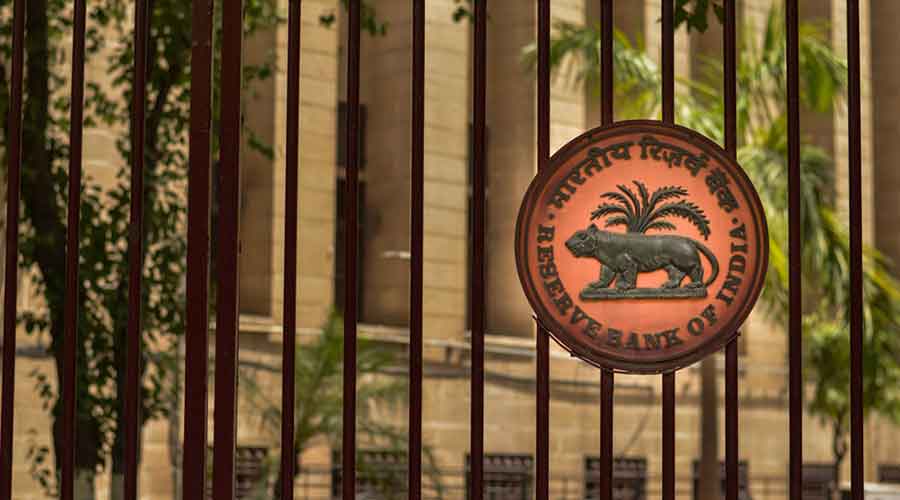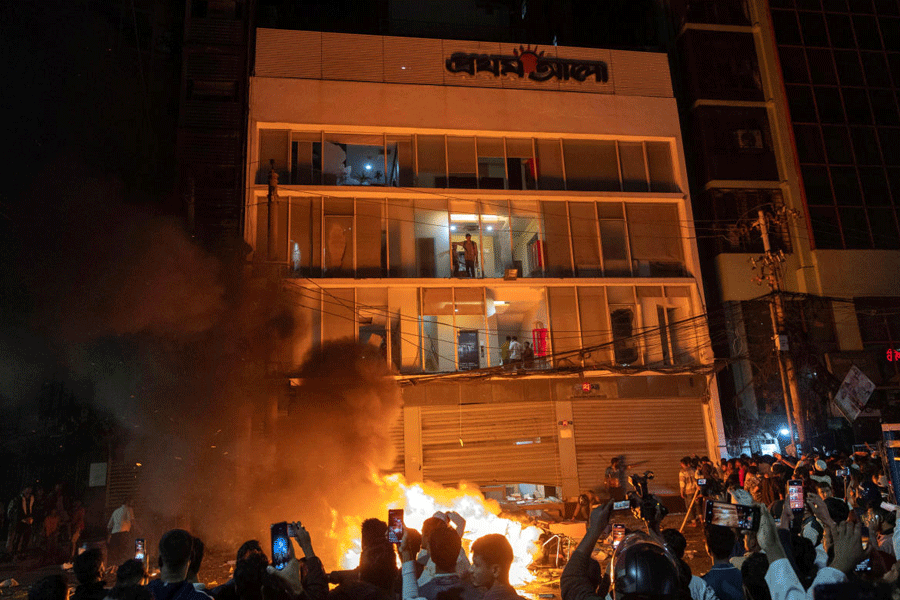Yields on the benchmark 10-year bond on Friday fell below 6 per cent for the first time in two months as expectations swirled around the G-Sec Acquisition Programme (G-SAP 1.0) of the Reserve Bank of India (RBI) which kicks off next Thursday.
The programme is meant to stabilise yields that will enable the government to carry out its gargantuan Rs 12-lakh-crore borrowing programme for the year without disrupting the fund-raising plans of other companies.
In the meantime, the RBI on Friday undertook a variable rate reverse repo (VRRR) auction that was meant to push up short-term yields leading to the flattening of the yield curve over time.
The 10-year note on Friday troughed at 5.97 per cent, a level last seen on February 11 and five basis points below the previous close of 6.03 per cent. The yields have declined nearly 22 basis points from Wednesday’s high of 6.19 per cent on the announcement of G-SAP 1.0. The yields inched up later in the day and settled at 6.01 per cent at close.
Markets are divided over G-SAP 1.0: a section believes the RBI move will lead to a cap on the long-term rate on yields. But there are others who believe the amount is too small compared with the government’s borrowing programme. So far, the RBI has said it will raise Rs 1 lakh crore in the first quarter. It has not disclosed the amounts it will buy in the rest of the year. Markets expect the RBI to purchase Rs 1 lakh crore each in the next three quarters.
M. Govinda Rao, chief economic adviser at Brickwork Ratings, cited the IMF’s World Economic Outlook and warned if monetary policy is carried out with an eye to shield the government’s borrowing programme at the expense of price stability, “inflation could increase rapidly. Hopefully, the RBI will cautiously approach the issue in managing liquidity”.
Variable reverse repo
The RBI on Friday received an overwhelming response to its 14-day variable rate reverse repo (VRRR) auction under its liquidity adjustment facility (LAF).
The first variable reverse repo auction after the meeting of MPC earlier this week saw an excess subscription of 67.8 per cent. The RBI has said it will hold VRRR auctions of longer duration, though it has not made any formal announcements. At the 14-day VRRR auction, against a notified amount of Rs 2 lakh crore, the RBI received bids worth Rs 3.35 lakh crore. The central bank accepted bids for Rs 2 lakh crore. The cut-off rate was set at 3.48 per cent higher than the reverse repo rate of 3.35 per cent.
Suyash Choudhary, head – fixed income, IDFC AMC, said longer term VRRR will ensure both the very short-term rates and the longer tenor rates will rise. “ If this happens it will allow the RBI to start normalising the exceptionally low levels of near end rates that exist today.’’
Radhika Rao, economist at DBS Group Research, said the longer term VRRR shows the RBI plans to move up the curve, while at the same time ensuring the move is part of their overall liquidity operations .
“Banking system liquidity remains in comfortable surplus, which apart from only a gradual pickup in credit growth is also buttressed by strong dollar flows which have been mopped by the central bank. An eye will be on global market volatility as the central bank seeks to manoeuvre a challenging balance beam, capping bond yields, staying pro-growth, and keeping liquidity flush yet keep inflation under control,” she added.










